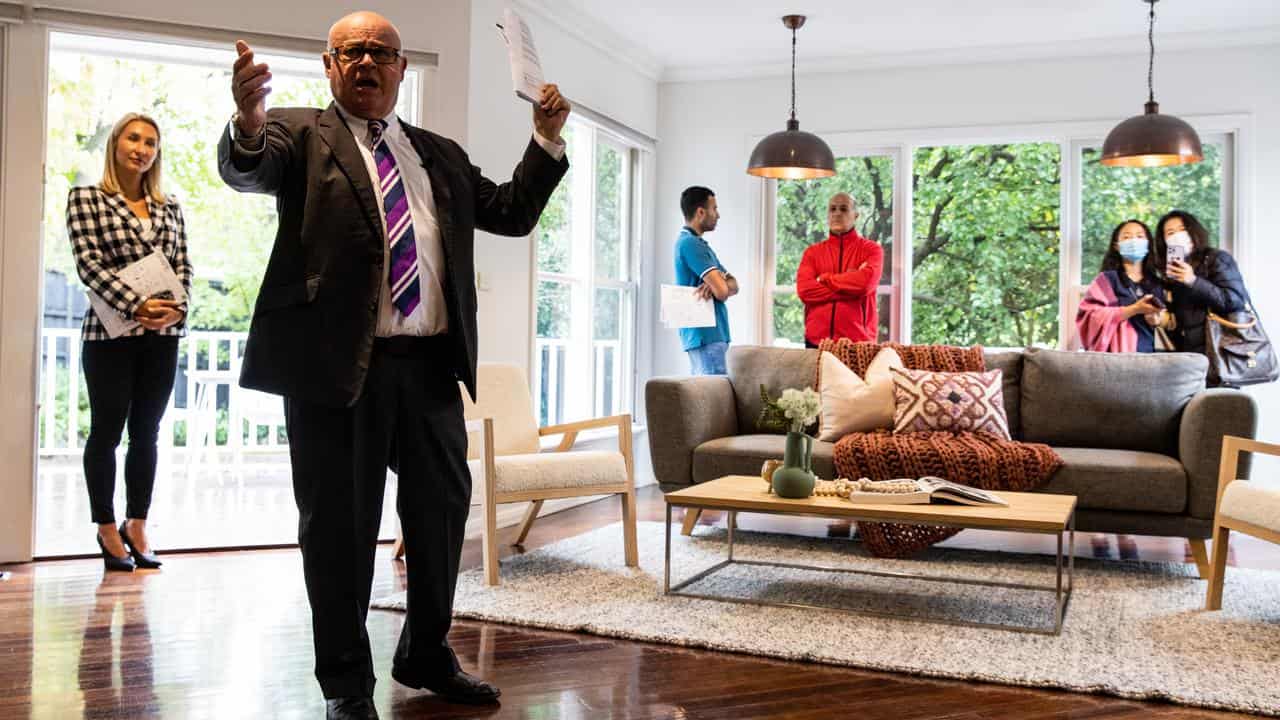
More than a quarter of homes were bought without a mortgage last year, suggesting there's a sizeable cohort insulated from aggressive interest rate rises.
About 25 per cent of sales in the eastern states - both dwellings and land - were made without a loan, according to property data firm PEXA.
While the proportion of cash purchases appears to have stayed relatively stable since before the arrival of COVID-19, the total value has been trending higher since the pandemic property boom.
About $122.5 billion worth of homes were cash funded in 2022, making up 25.6 per cent of all residential sales in NSW, Queensland and Victoria.
This was slightly less than the $124.8 billion worth of housing exchanged without a loan in 2021 but well above 2020's $83.6 billion.
PEXA head of research Mike Gill said the data suggested most cash buyers were older homeowners who had already paid off their mortgages and were buying homes to retire in.
The bulk of the cash purchases were in regions popular with retirees, the study found, and in postcodes where the median dwelling price was well below state averages.
Mr Gill said the findings had implications for the Reserve Bank in its fight against high inflation.
"Given these transactions represent more than a quarter of all residential property purchases, it is important to consider this is a sizeable cohort of buyers who are less impacted by rising interest rates, having not taken out a loan," he said.
He said younger generations seemed to be bearing the brunt of rising rates and older Australians were often benefiting from higher interest rates via their savings.
The central bank lifted interest rates another 25 basis points on Tuesday, taking the cash rate to 4.1 per cent.
Borrowers have been slugged with 12 rises since May last year and RBA governor Philip Lowe has warned more could be needed to wrestle inflation under control.
One concern for the RBA is the rebound in home prices, which can make people feel wealthier and push up spending.
A separate report from valuation firm PropTrack suggests national home prices could hit a new peak in January 2024 if the rebound keeps up its pace of growth.
The index reported a four per cent decline in property prices from peak to trough last year when interest rates started weighing on the market.
The market has already unwound 1.55 per cent of the downturn, with Sydney leading the turnaround.
At the same time, rents on housing in major capital cities rose more than 9.9 per cent in the year ended May, data from CoreLogic shows.
Governments are under pressure to solve the rental affordability crisis, with the Commonwealth trying hard to push its $10 billion housing Australia future fund through parliament.
The fund, which will be invested to generate returns that will help subsidise new social and affordable dwellings, has been blocked by the Greens on the basis it's not ambitious enough.
The housing legislation has been flagged as the first item of business when parliament meets for another sitting fortnight on Tuesday next week, which could indicate the government is getting closer to brokering a deal.
The Greens are calling for a direct $2.5 billion annual investment into housing - a figure that has been downgraded from an earlier $5 billion sum - and a two-year rent freeze.




